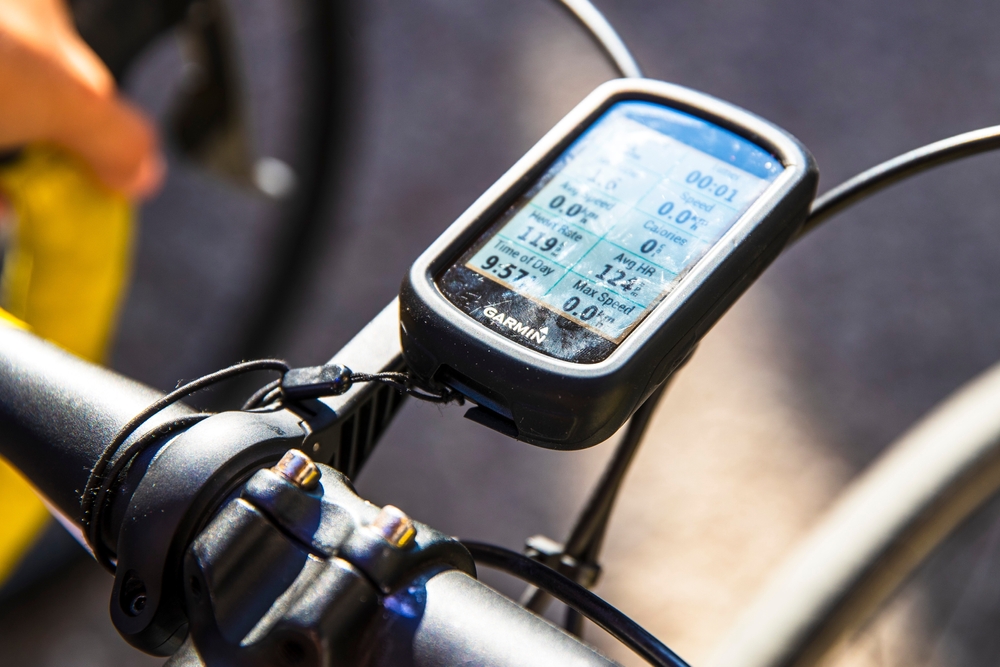Cycling Power Meters: An In-Depth Guide
Power meters have become indispensable tools for cyclists. These devices help quantify the effort you put into pedaling. They capture real-time data on the power you’re generating. This data can drive performance improvements, optimize training, and track progress.
What is a Power Meter?
A power meter measures the force applied to the pedals and the speed at which you’re pedaling (cadence). By analyzing these inputs, it calculates power output in watts. This fundamental metric gives insights into your efficiency and endurance.
Types of Power Meters
Pedal-Based Power Meters
- These are installed on the pedals themselves.
- They measure the force directly at the point of application.
- Popular models include Garmin Vector and Favero Assioma.
Crank-Based Power Meters
- These replace or augment the crankset of the bike.
- Common models are the Stages and SRAM Red series.
- They can be single-sided or dual-sided.
Hub-Based Power Meters
- Located in the rear hub of the bike wheel.
- PowerTap hubs are a well-known example.
- These tend to be accurate but can add weight.
Bottom Bracket Power Meters
- Embedded in the bottom bracket.
- These typically measure power from both legs.
- Examples include the SRM Origin.
How They Work
Power meters use strain gauges to measure the force. This force, combined with angular velocity, gives power output. Modern power meters include accelerometers and magnetometers. These ensure accurate cadence readings. They wirelessly transmit data via Bluetooth or ANT+ to bike computers or smartphones.
Calibration and Accuracy
Calibration is vital for consistent readings. Most power meters include automatic or manual calibration features. Ensuring the device is calibrated regularly guarantees data reliability. Accuracy can vary between models but is usually within ±1.5%.
Installation and Maintenance
Installing a power meter varies by type:
- Pedal-based: Typically the easiest to install and transfer between bikes.
- Crank-based: Installation can require specific tools.
- Hub-based: Requires wheel replacement.
- Bottom bracket: Often the most complex.
Maintenance usually involves keeping batteries charged and firmware updated. Inspect and clean the power meter regularly to ensure longevity. Check for any damage or wear, especially on moving parts.
Integrating with Training
Power meters provide data that is pivotal for structured training. Platforms like TrainingPeaks and Zwift incorporate power metrics. They help set training zones and track improvements over time. You can also monitor your FTP (Functional Threshold Power) to gauge progress.
Benefits of Using a Power Meter
Using a power meter offers several benefits:
- Objective measurement of performance.
- Ability to track and analyze training load.
- Aids in pacing during races and time trials.
- Informs about recovery needs and fatigue levels.
Cost Considerations
Price varies widely. Entry-level models start around $400. High-end units can exceed $1500. Consider compatibility with your bike and needs. Balancing features and budget is key.
Popular Brands and Models
Some well-known brands and their popular models include:
- Garmin Vector 3: Pedal-based, accurate, easy to install.
- Favero Assioma: Pedal-based, good value, reliable.
- Stages Cycling: Crank-based, user-friendly, single and dual-sided options.
- SRAM Red AXS: Crank-based, high-end, integrates with SRAM ecosystem.
- PowerTap G3: Hub-based, dependable, good for wheel enthusiasts.
Common Issues and Troubleshooting
Power meters can have a few common issues:
Battery Life: Regularly check battery levels. Low battery can cause data dropouts.
Data Inconsistencies: Ensure the power meter is calibrated. Double-check firmware updates.
Signal Interference: Keep the receiver close to the power meter. Avoid areas with high wireless traffic.
Upgrading Your Setup
Consider what you need before upgrading. If you change bikes often, pedal-based meters are ideal. For stationary bikes, crank or hub-based options are usually better. Always verify compatibility with your cycling computer or smartphone.
Conclusion
Power meters are a key investment for serious cyclists. By providing accurate, real-time data, they help refine training and improve performance. Whether you’re a competitive racer or an ardent hobbyist, understanding power metrics can make a notable difference in your cycling journey.
“`






